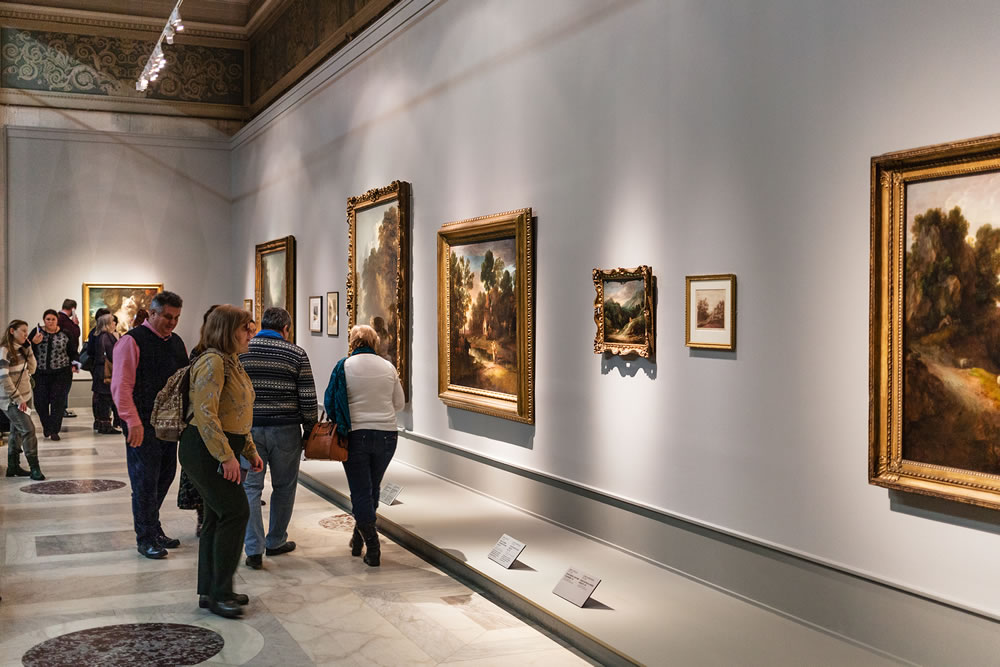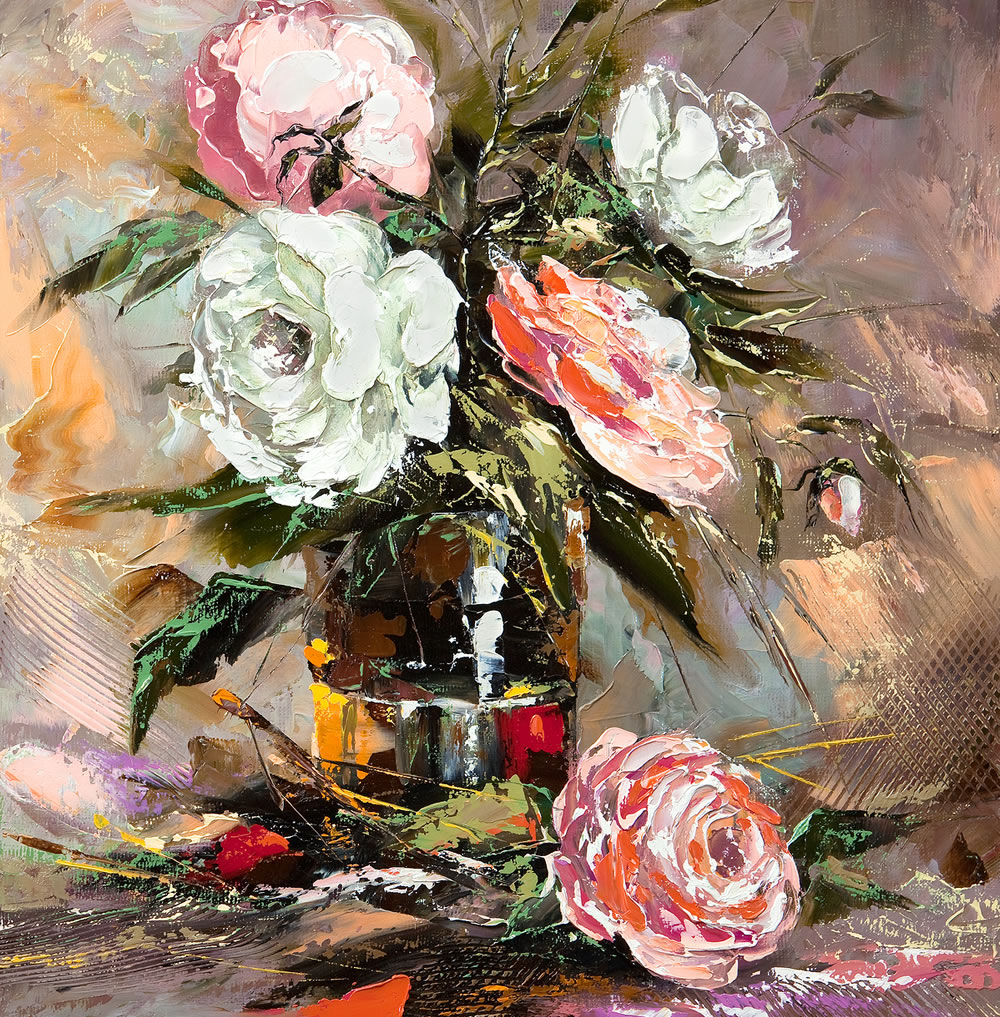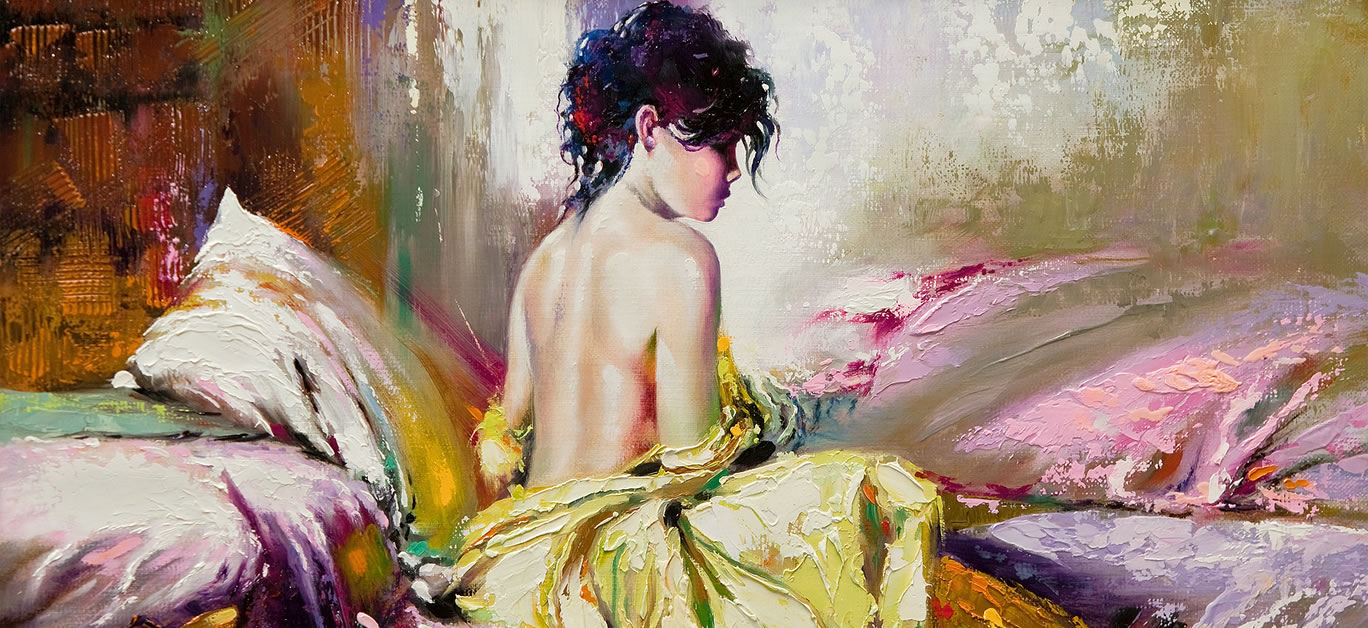On the surface, the pairing of cryptocurrency – a gritty, technical pursuit – and the rather ostentatious world of fine art, may not seem like an obvious match made in heaven – but some of the world’s most exclusive art vendors are beginning to bring their traditional industry towards contemporary markets.
In recent years, many high-profile art galleries have adapted their businesses to make high-end art available to consumers whose wealth is held digitally – with more galleries set to follow in the coming months.
If you strip away the incongruity of paying for historic art pieces with modern digital currency, it certainly makes business sense, with more and more crypto millionaires emerging thanks to trading platforms like the-bitcoinfuture.com.
But what is it the cryptocurrency market that has turned the art galleries’ heads? Well, according to Eleesa Daidani, the founder and owner of Daidani Fine Art in Mayfair, London, the reasons are plentiful.

Daidani Fine Art made history in 2017 when it became the first art gallery in the UK to accept a number of popular cryptocurrencies as payment (Bitcoin, Ripple, Litecoin, Ethereum, Ethereum Classic, Dash, and Nem).
While it is obvious that opening up fine art to cryptocurrency consumers broadens the market to a brand-new range of affluent investors, there are, according to Daidani, a number of practical benefits to trading on the blockchain.
Speaking to Bitcoin Magazine, Daidani said: “Digital currency is being embraced by people of all ages, creed and class, and as it’s happening in other sectors, there is no reason why the gap between the modern digital world with the luxury sector cannot be bridged.”
According to Eleesa, a number of pieces have already been sold through cryptocurrency, and the artists whose work is available in the gallery are on the cryptocurrency bandwagon – particularly given that, in many cases, peer-to-peer transactions remove the (often expensive) need for an intermediary (like a bank) on a traditional transaction.
“The technology will allow us to reclaim power, paving the way for decentralized, peer-to-peer transactions without the intervention of an intermediary,” she added. “This is a revolution that goes far beyond the art market.”

Indeed, Daidani’s interest in cryptocurrency has blossomed way beyond the art industry. She has also founded the Daidani Syndicate, the UK’s first brokerage to offer luxury items to high net worth individuals through cryptocurrency. The Syndicate has facilitated deals for a number of exclusive items – including the sale of four Formula One cars to a Chinese investor through Litecoin.
But this is not just a European pursuit – fine art transactions using cryptocurrency are beginning to pop up all over the globe. In 2018, four pieces of art were purchased on the blockchain at Art Stage Singapore, and a number of collectors are beginning to offer cryptocurrencies as a transaction option, while remaining anchored in fiat currencies like the US Dollar.
There is one platform, though, that has taken the fine art/cryptocurrency relationship to new heights.
Maecenas, named after the Roman patron of the arts Gaius Maecenas, is a fully blockchain-integrated platform in which users can purchase ‘tokenised’ fine art pieces using cryptocurrency.
To simplify the concept, Maecenas acts, effectively, as a stock market for fine art – where fractional shares of art pieces can be bought and sold by individual users using digital currency.
The website proudly states that Maecenas’ mission statement is to “democratise access to fine art investment” – and they make a compelling case.
With fine art, broadly speaking, a pursuit of the ultra-wealthy, the ability to purchase fractions of artwork brings the market to a broader consumer base. In addition, there are significant benefits to those who trade fine art as an asset class, with competitive brokerage fees.

According to the company’s website: “Traditional auction houses charge up to 25% commission on sales. Galleries, up to 50%. Our fees are as low as 1% for buyers and 8% for sellers. Plus, with Maecenas, there are no storage fees and no lock-in periods. You have the freedom to trade your tokens anytime on a liquid exchange.”
Last year, Maecenas auctioned a near-third share of Andy Warhol’s 14 Small Electric Chairs for $1.7m.
The blockchain is not just a solution at the consumer’s end, though. It has also been touted as a potential solution to fine art’s great verification problem. After all, once an artist has passed away, how can one differentiate between an original and a very sophisticated fake?
Fully digitising these works, and keeping a ledger, is an option for an industry which estimates that up to 50% of artwork in circulation could be forged.
Investing in cryptocurrencies carries risk, do so at your own risk and we advise people to never invest more money than they can afford to lose and to seek professional advice before doing so.






















